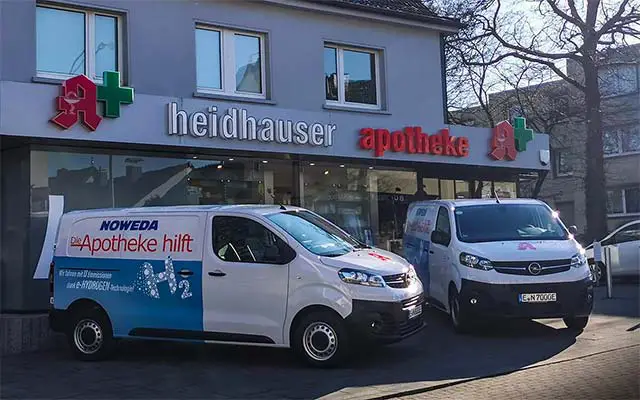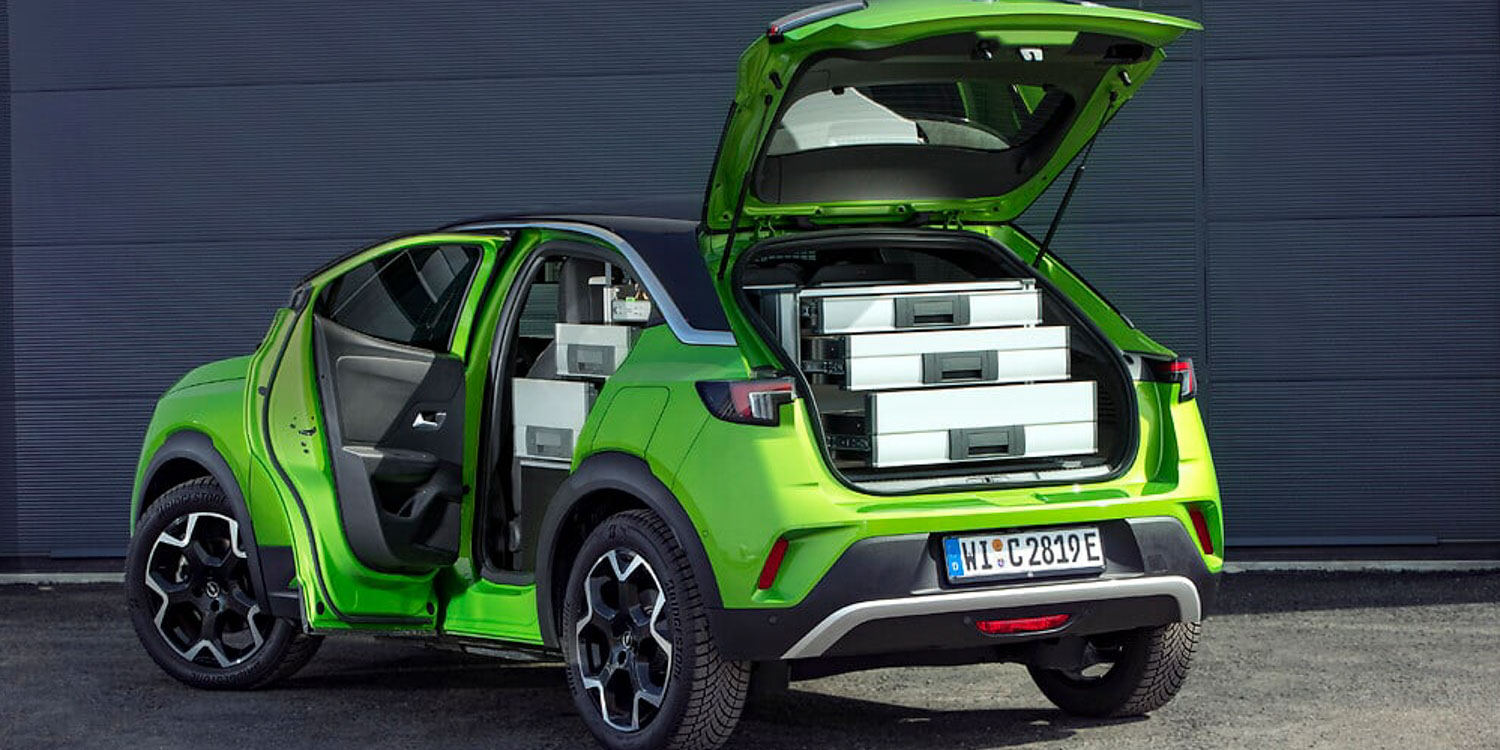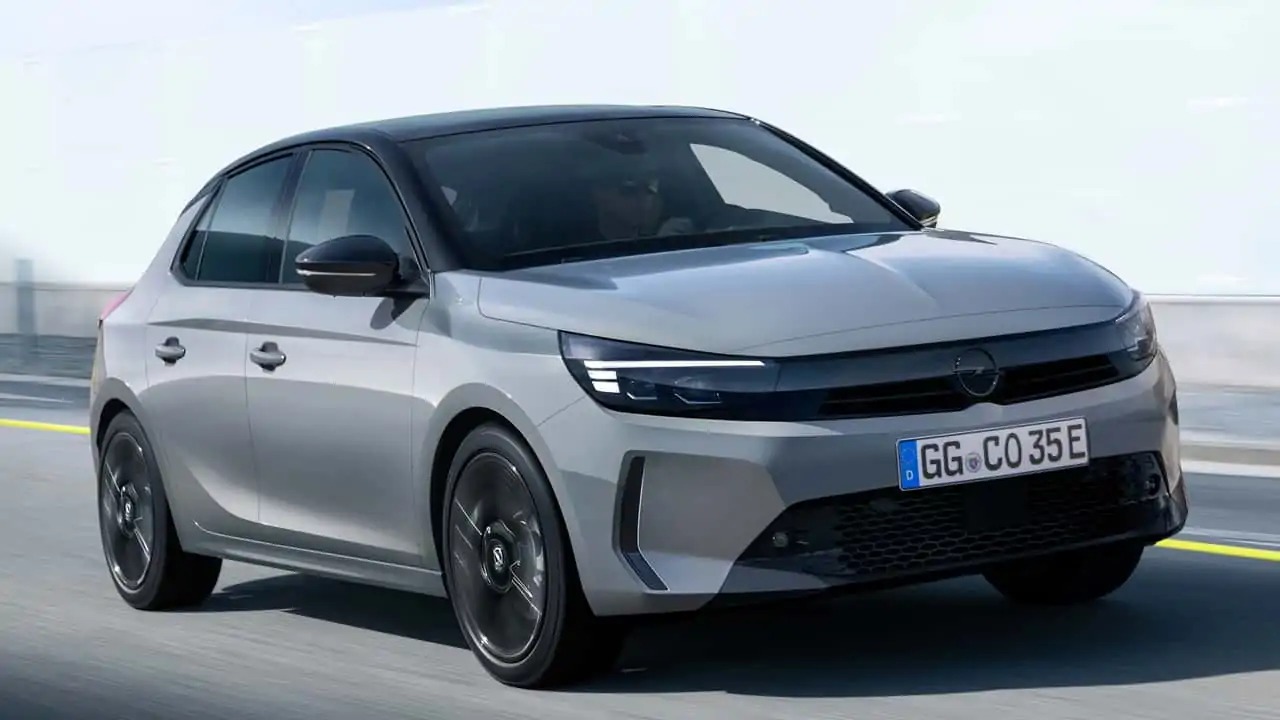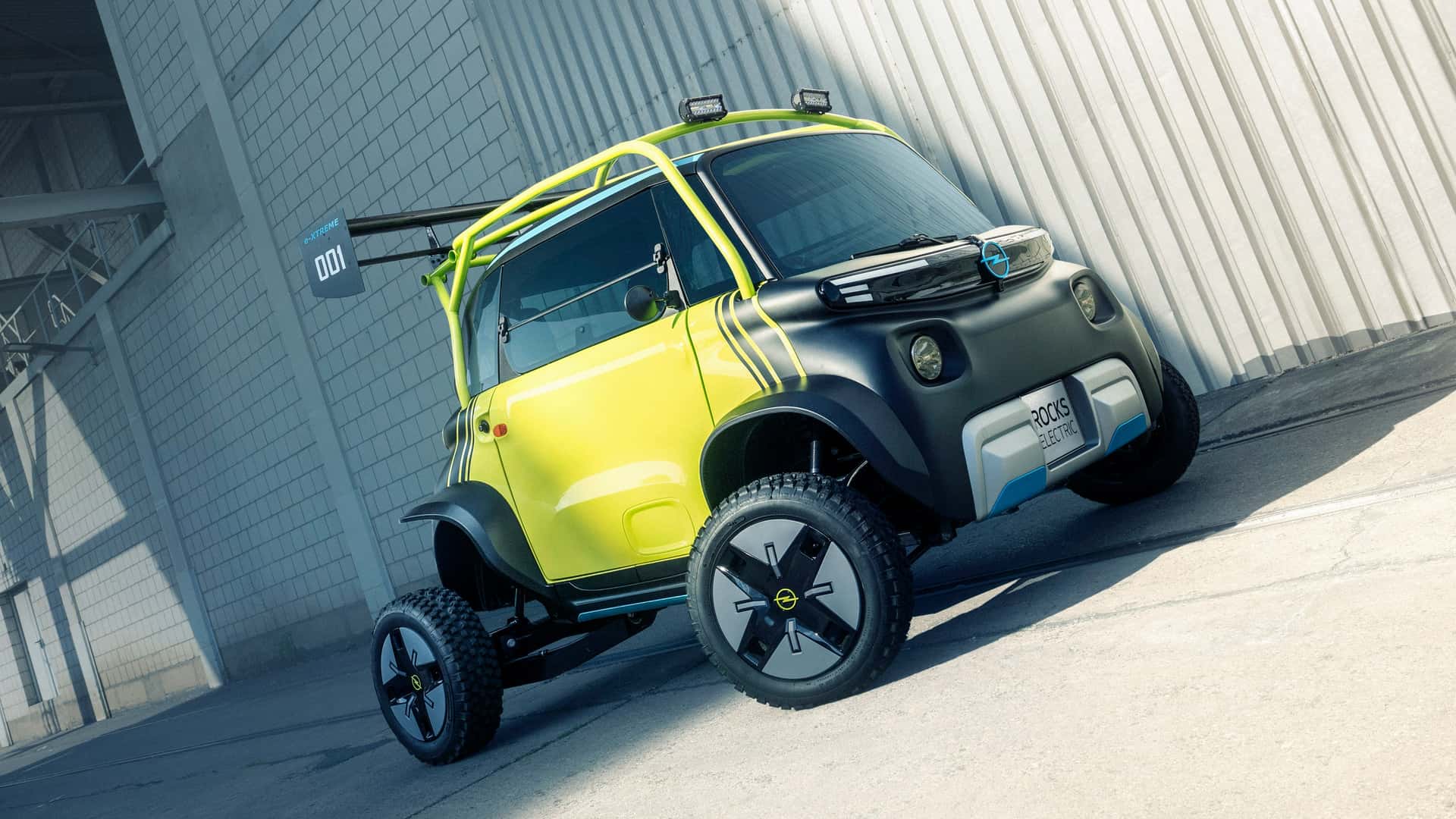NOWEDA pharmacy cooperative, based in Essen, Germany, has recently added two new vehicles to its fleet to deliver sensitive products such as medicines. The Opel Vivaro-e and Opel Vivaro-e HYDROGEN are being tested to meet the EU’s Good Distribution Practice (GDP), which mandates that medicines be transported in a vehicle whose loading space is climatised between 15 and 25 degrees Celsius to ensure their quality.
To cope with daily delivery tasks, the vehicles need to meet complex demands, particularly in the loading area. The certified conversion specialists, CSA ClimaVan Solutions Automotive GmbH and Fahrzeugbau Dülmer GmbH, have come up with solutions to address this challenge. CSA ClimaVan Solutions Automotive GmbH has taken over the conversion of the Opel Vivaro-e HYDROGEN for the transport of medicines, while Fahrzeugbau Dülmer GmbH converted the Opel Vivaro-e.
See also: Opel Vivaro-e now comes with a flatbed pickup variant, the payload is almost 1 Ton
For the Opel Vivaro-e HYDROGEN, CSA ClimaVan Solutions Automotive GmbH installed a self-developed cooling and heating unit under the load compartment ceiling, which is fed by separate batteries that can be charged from the outside. The controller and the separate battery are located in the enlarged wheel arches of the converted Vivaro-e HYDROGEN, and the control unit for temperature regulation in the cargo hold is located on the left side of the dashboard. The compressor, condenser, and dryer are all placed in the spare wheel well. CSA has not covered the partition at the rear of the driver’s cab to save weight and maintain the full loading volume. In the cargo area, non-slip materials ensure that goods are transported safely.
In contrast, Fahrzeugbau Dülmer GmbH has opted for all-round insulation of the side walls and partition for the Opel Vivaro-e. This is intended to maintain the desired load compartment temperature for longer and make it easier to transport stackable medicine tubs. Anti-slip materials and high-strength lightweight construction methods are used in the load compartment, and the separate battery and control are housed in a box behind the driver’s seat in the cargo area. The load compartment temperature can be regulated via a unit in the centre stack.
Both Opel vans used by NOWEDA are locally emission-free, and their sustainability is clearly indicated by markings on the exterior. The battery-electric Vivaro-e is labelled with an oversized power cable on the sides that says “100% fully electric delivery thanks to the e-drive!”, while the hydrogen fuel cell transporter displays the message “We drive with 0 emissions thanks to e-HYDROGEN technology!” and a stylised H2 print with air bubbles.
See also: Opel and Vauxhall Motors EV-Only In Europe By 2028
The Opel Vivaro-e can drive up to 328 kilometres, while the Vivaro-e HYDROGEN can cover up to 400 kilometres with no local emissions between charging or refuelling stops. The two vehicles are being tested to prove their suitability for everyday use, and their conversions demonstrate the innovative solutions that can be employed to meet the complex demands of sensitive goods delivery. Interested parties can seek advice on conversions from their Opel partner.
As NOWEDA’s Head of Logistics, Holger Stöhr, notes, “We are very satisfied with the two new additions to our fleet, which are ideally suited for the transport of sensitive medicines. With their range and locally emission-free drives, the Opel Vivaro-e and the Opel Vivaro-e HYDROGEN offer a sustainable solution that meets our requirements for the transportation of sensitive goods.”







